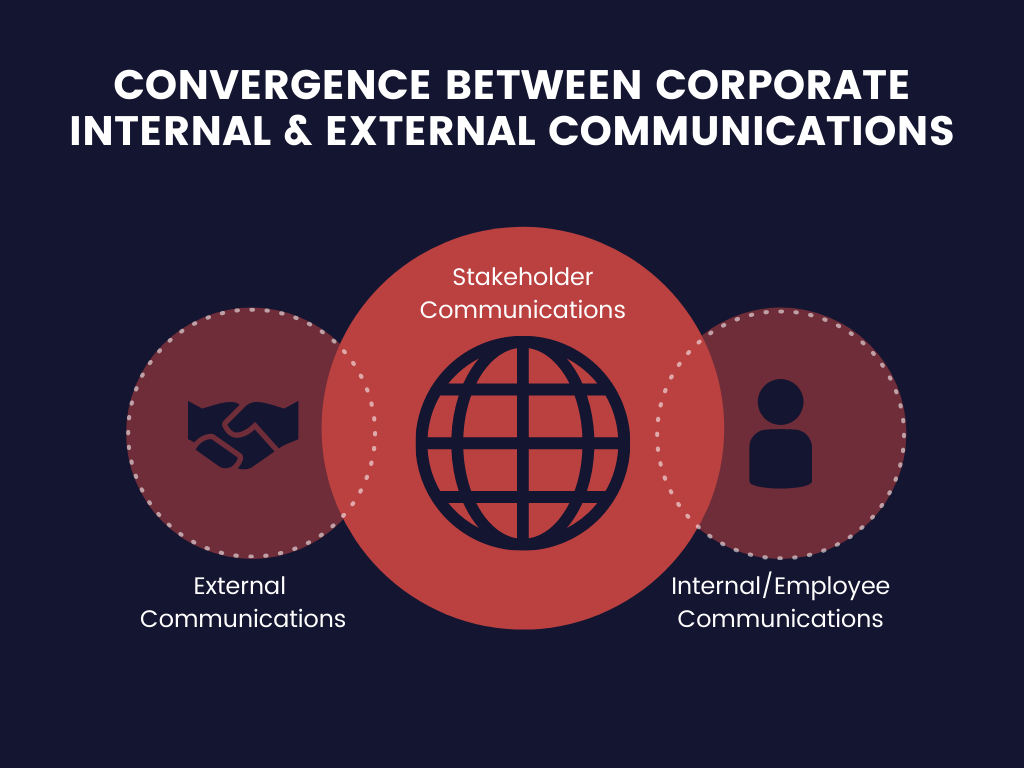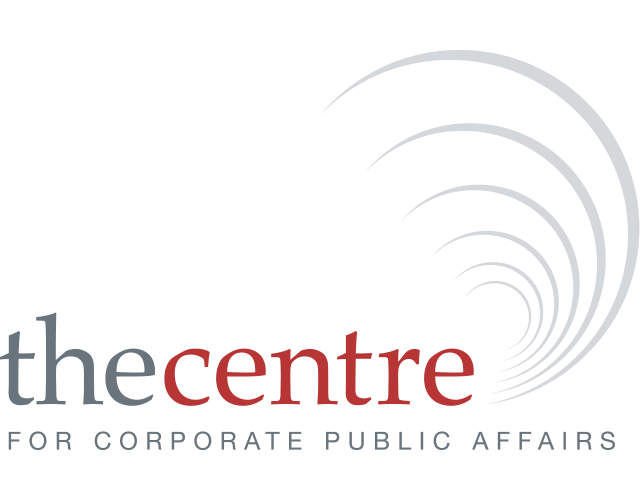Media Relations
Since about 2013 when social media and its use disrupted corporate communications and distribution of news and its reporting, the nomenclature for what was known traditionally as ‘media relations’ and/or ‘external communications’ has become interchangeable in some organisations.
Most large organisations manage a core, small team of practitioners in corporate public affairs whose primary task is to generate and manage content to engage journalists, commentators, news services, and influential social media accounts.
Commonly, the media relations discipline is managed as a standalone sub-function in corporate public affairs, or within an external communications discipline.
In some large mining and resources companies, and many UK-based corporations, the external communications discipline includes media relations and communications with other external stakeholders, such as industry groups, supply chain partners, and peak professional and community groups. This grouping is known most frequently as ‘external affairs’.
Many corporations in Australia, and some in the UK and the US, have moved or are moving to integrate their external and internal communications capability and capacity into a discipline known as ‘stakeholder communications’, responsible for communications with an entity’s employees and its priority external stakeholders. Such arrangements include media relations in the stakeholder sub-function.

The trend the Centre is observing in Asia Pacific is that more practitioners are being recruited into stakeholder communications disciplines who can shift readily between internal and external communications modus operandi.
The Centre’s 2019 -2020 State of Public Affairs in Australia research found media relations to be the most common discipline integrated into the corporate public affairs function and managed by the same executive (97.9% of respondents. Issues management sat in about the same position). Our observations suggest the figures are similar across Asia Pacific, the US, and much of Europe.
In other findings from this research:
- in 2019 – 2020 the media relations discipline had about out 13 per cent of full-time equivalent employees allocated to it. Traditionally, internal communications teams in corporate public affairs functions have been larger than media relations teams. Continuing integration of internal and external communications teams is resulting in ‘stakeholder communications’ being the largest team in the corporate public affairs management function;
- media relations performance is the most frequently benchmarked management activity in the function. Two-thirds of entities participating in our 2019 – 2020 research indicated the media relations discipline had been benchmarked against the performance of like disciplines in peer and competitor organisations during the previous three years, and would likely be again (67%) during the next three years; and
- the (traditional) dominant representation of former journalists in media relations/external communications/stakeholder communications teams is waning. Most practitioners working in those teams across Asia Pacific, the US, and Europe have a background in agency public affairs, corporate communications, political offices, or the public/civil service.
Organisational social media strategy (but not all content management) to engage socio-political stakeholders and steward reputation is frequently developed and overseen in the media relations/external communications discipline.
We note also that practitioners in media relations/external affairs/stakeholder engagement disciplines are more likely to have worked/are more likely to work in a communications role in another nation or economy than practitioners working in other disciplines in the function.
Related resources from the Centre's Knowlede Centre...
‘Chilling effect’: media outlets warn legal reforms needed to keep public informed
In a Senate Committee hearing on press freedom, News Corp, the ABC, and Nine Entertainment submitted that the COVID-19 crisis highlighted the importance of the news media, and for laws to protect their work informing the...
NEWS-DIGESTExplore the Centre’s Knowledge Centre
Browse more Media Relations resources in the Knowledge Centre.
